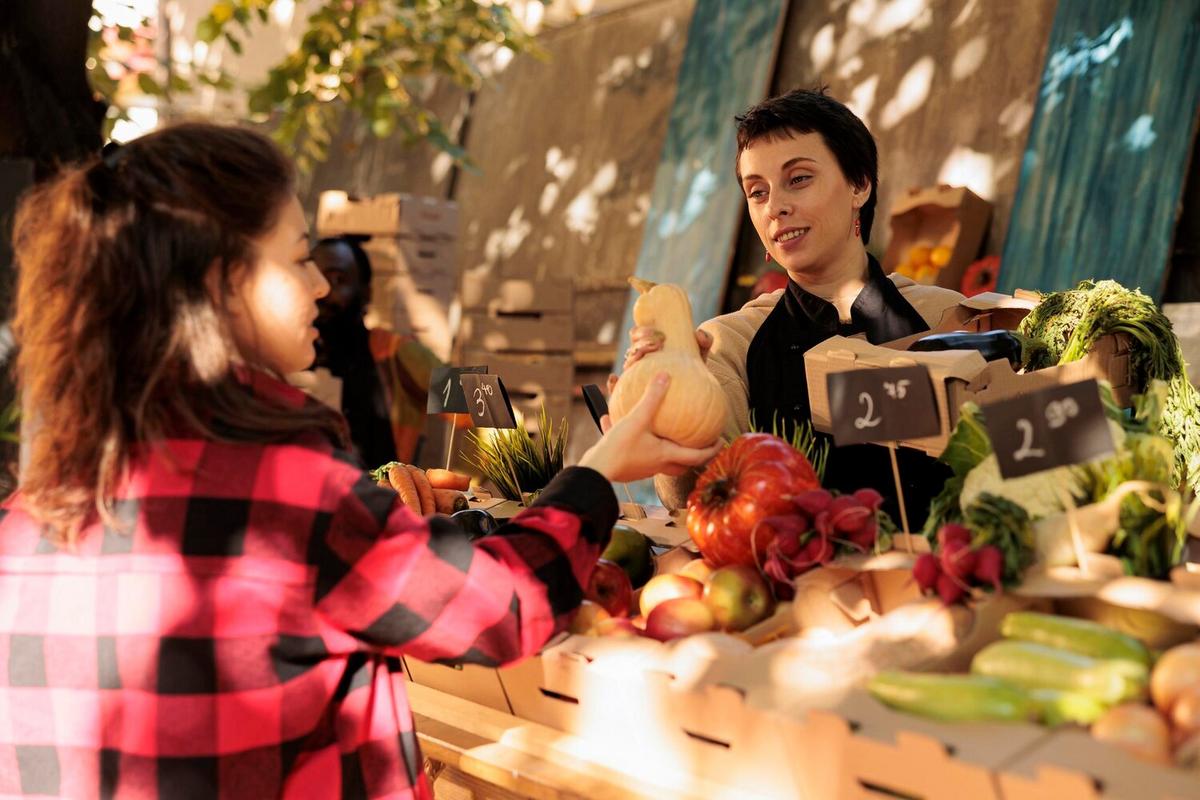As our world becomes increasingly aware of the benefits of sustainable living, cooking with seasonal and local produce has emerged as a gratifying way to enhance our health and support our communities. By focusing on ingredients that are naturally abundant during specific times of the year, we can enjoy fresher, more flavorful meals while reducing our carbon footprint.
Understanding the value of seasonal cooking starts with recognizing the advantages it offers. According to the American Dietetic Association, consuming seasonal produce can deliver higher nutritional content, as fruits and vegetables are harvested at their peak ripeness. This means more vitamins, minerals, and antioxidants for our bodies, promoting healthier eating habits.
Embracing Local Produce
Local produce not only supports regional farmers but also ensures that we receive the freshest ingredients. A study by the Leopold Center for Sustainable Agriculture highlights that food in the U.S. travels an average of 1,500 miles from farm to consumer. By choosing locally grown produce, we reduce this travel distance, minimizing environmental impact and enhancing food quality.
“Choosing local, seasonal produce is a simple yet impactful way to eat healthier and sustain our environment,” says food sustainability expert, Laura Johnson.
Benefits of Seasonal Cooking
- Enhanced Flavor: Seasonal produce is naturally more flavorful, as it is harvested at its peak.
- Cost-Effective: Abundance of produce during its peak season often leads to lower prices.
- Environmental Impact: Reduces the carbon footprint by minimizing transportation needs.
Seasonal Produce Guide
| Season | Fruits | Vegetables |
|---|---|---|
| Spring | Strawberries, Cherries | Asparagus, Spinach |
| Summer | Watermelon, Peaches | Tomatoes, Zucchini |
| Fall | Apples, Grapes | Squash, Pumpkin |
| Winter | Oranges, Pomegranates | Brussels Sprouts, Kale |
Tips for Cooking with the Seasons
- Visit local farmers’ markets to discover what’s in season and try new ingredients.
- Plan your meals around seasonal produce to ensure variety and nutrition.
- Preserve surplus seasonal produce by canning or freezing for use in later months.
FAQs
Why is seasonal cooking more sustainable?
Seasonal cooking is more sustainable because it reduces the need for long-distance transportation and excessive refrigeration, lowering the carbon footprint.
How can I find out what’s in season?
Consult local farmers, explore farmers’ markets, or use online resources like seasonal produce charts specific to your region.
Cooking with the seasons not only enhances our meals but also contributes to a more sustainable lifestyle. By embracing local produce, we can enjoy nutritious and delicious dishes while supporting our communities and the planet. As you explore seasonal ingredients, remember the impact of your choices on your health and the environment. Let this journey into sustainable cooking inspire you to make thoughtful decisions in the kitchen, benefiting both you and the world around you.




Leave a Reply